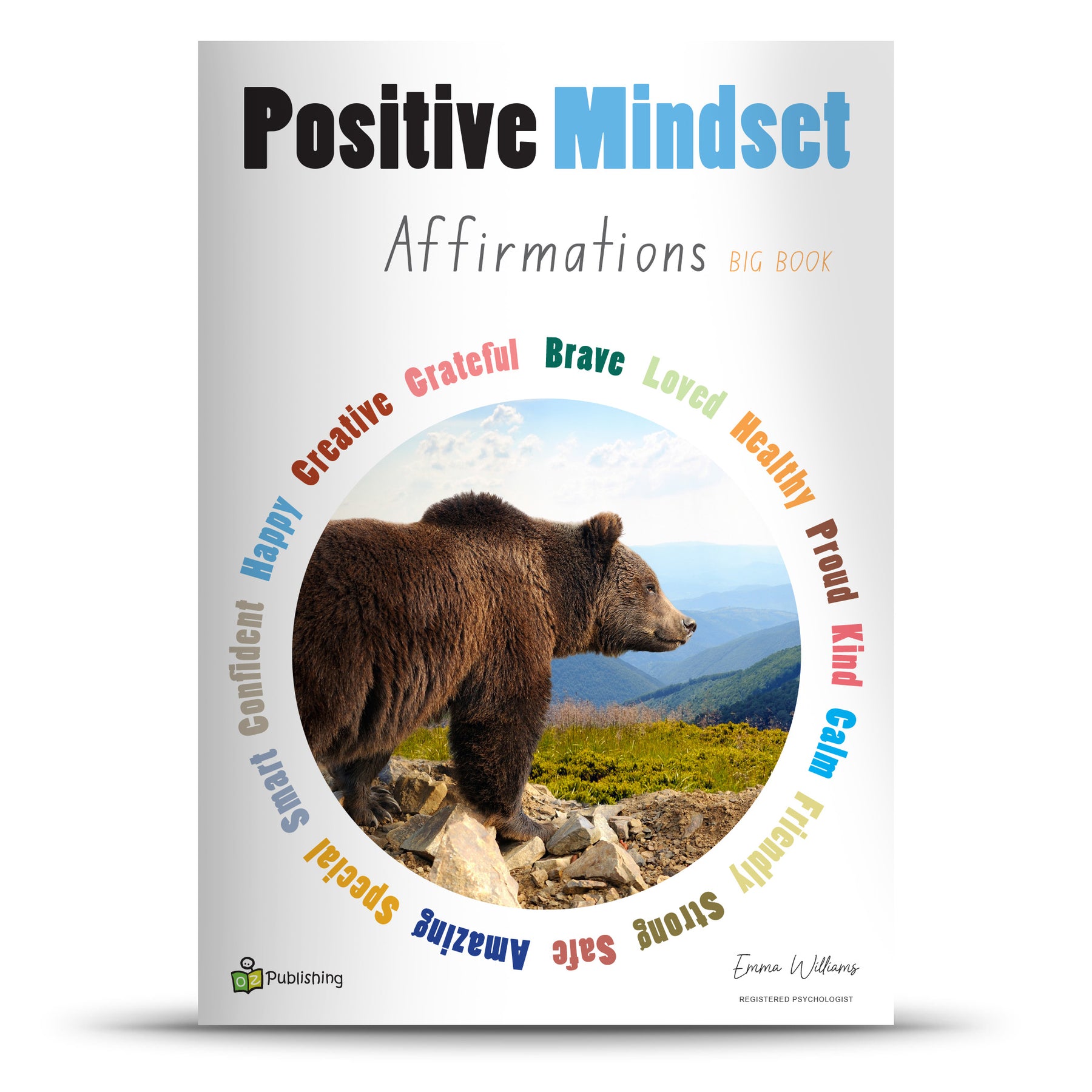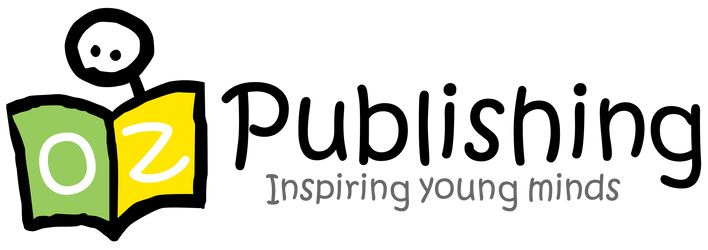
Integrating Mindfulness into the Classroom
The Mindful Classroom
In today's fast-paced world, children are more distracted than ever before. With increasing reports of anxiety and ADHD, educators are facing the challenge of how to keep young minds focused and calm in the classroom.
Imagine a classroom where children are restless, unable to focus, and the concept of patience seems as distant as the moon. Attention spans are dwindling, and traditional teaching methods are losing their effectiveness. How can we guide our students to be more present, attentive, and emotionally aware?
The answer lies in the power of mindfulness. By teaching mindfulness to children, we can transform our classrooms into havens of tranquility and focus. Mindfulness practices not only help children with ADHD but also equip all students with the tools to manage their emotions and enhance their learning experience.
The Marvels of Mindfulness for Children
Discuss the benefits of mindfulness for children, including improved attention, better emotional regulation, and enhanced academic performance. Highlight how mindfulness activities can be particularly beneficial for children with ADHD. Use anecdotes or hypothetical scenarios to illustrate points vividly.
Integrating Mindfulness into the Classroom: 5 Fun Lesson Ideas
1. Emotion Exploration Journey
Use "Why Do I Feel Emotions Big Book" to guide children through understanding and naming their emotions. This activity can help students articulate their feelings more clearly and understand that all emotions are valid.
2. The Mindfulness Alphabet Game
Leverage "The Mindfulness Alphabet Big Book" to teach mindfulness from A to Z. Each letter represents a mindfulness concept, which can be explored through stories, discussions, and activities.
3. Positive Mindset Morning Rituals
Start each day with affirmations from the "Positive Mindset Affirmations Big Book." This sets a positive tone for the day, boosts self-esteem, and fosters a supportive classroom environment.
4. 'Get to Know Me' Circle Time
Use "Get to Know Me Big Book" to encourage students to share about themselves in a mindful way, enhancing empathy and connection among classmates.
5. Mindful Movements with the Australian Flag Puzzle
Incorporate the "Australian Flag Puzzle" into a lesson on mindfulness by focusing on the process of solving the puzzle mindfully, observing emotions and thoughts that arise during the activity.
Conclusion: Bringing Mindfulness to Life in Your Classroom
Embrace the transformative power of mindfulness in your classroom with these creative lesson ideas. By integrating mindfulness practices into your teaching, you're not just educating; you're providing life skills that will support your students' emotional and mental well-being. Dive deeper into mindfulness with our collection of mindfulness children's books, designed to make teaching mindfulness engaging and effective. Start your journey today and watch as your classroom transforms into a space of calm, focused learning.

